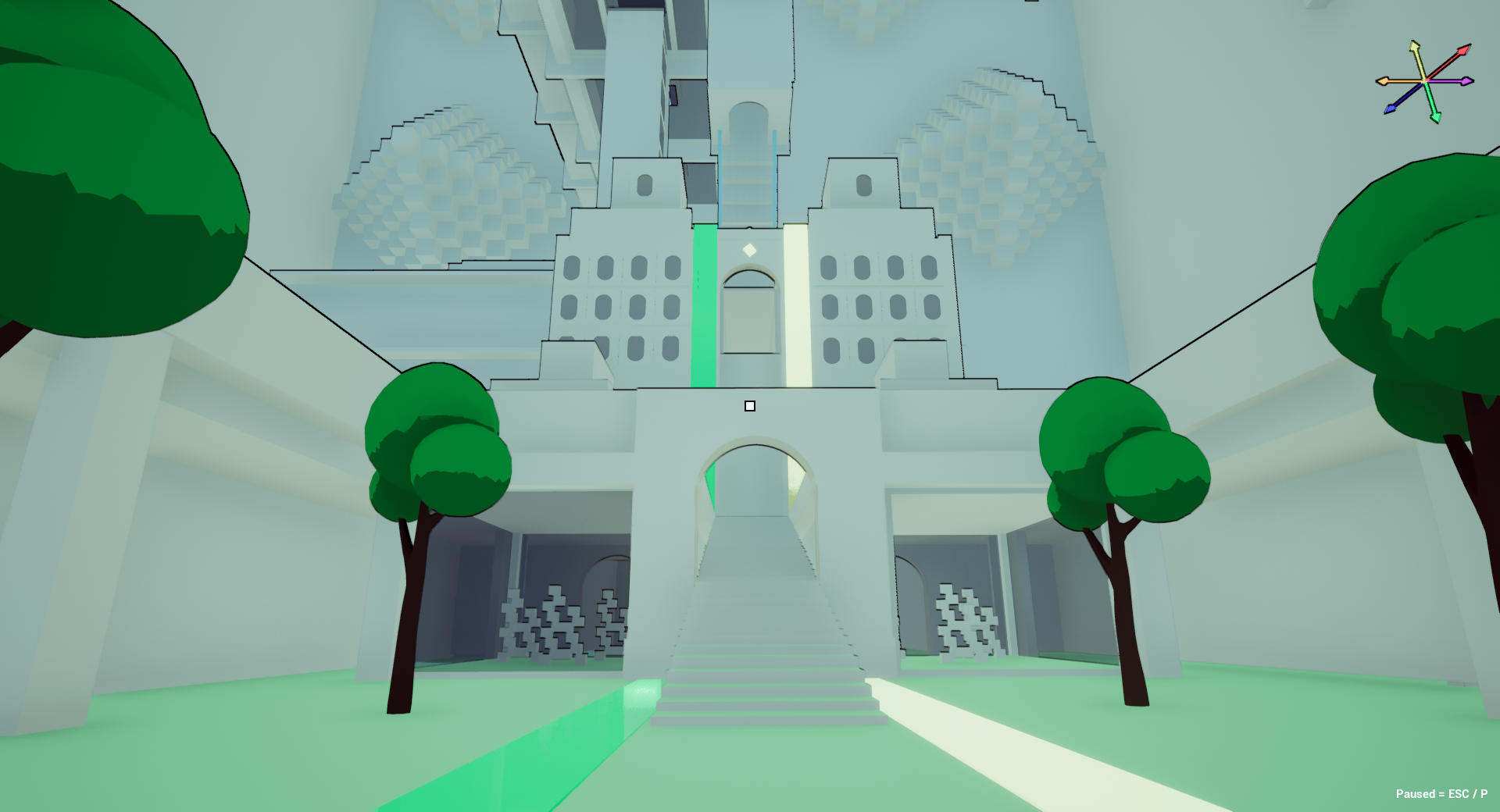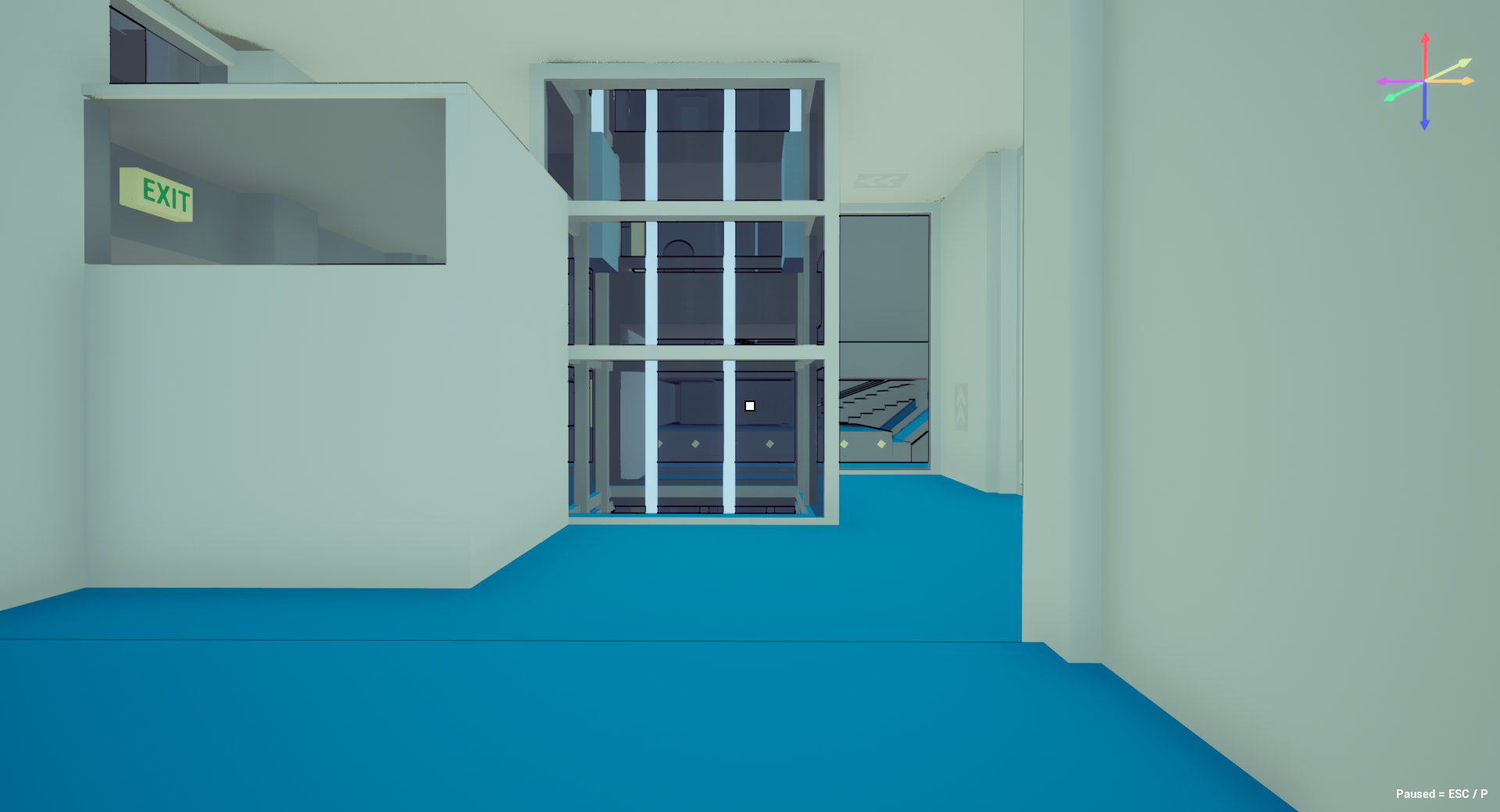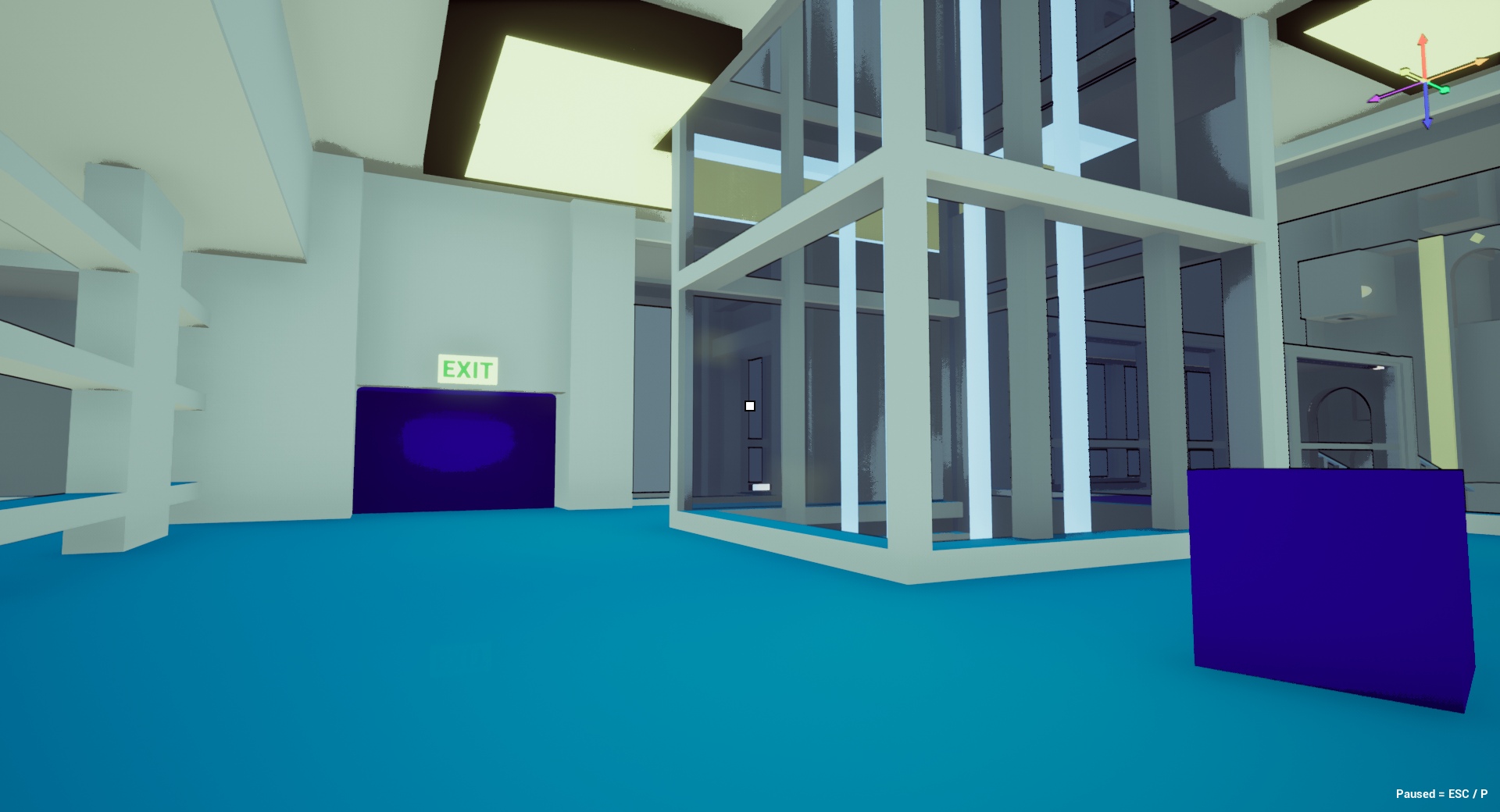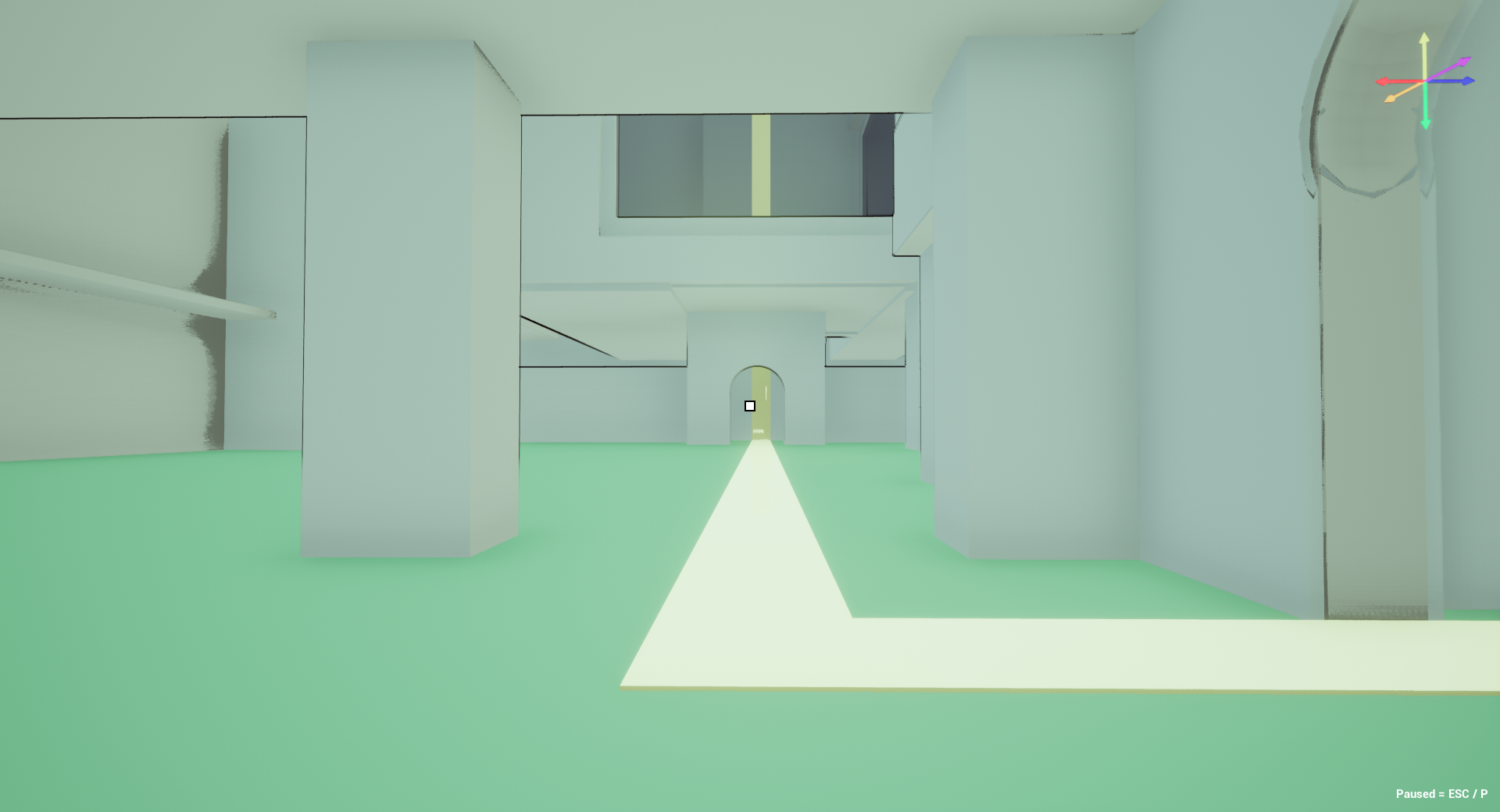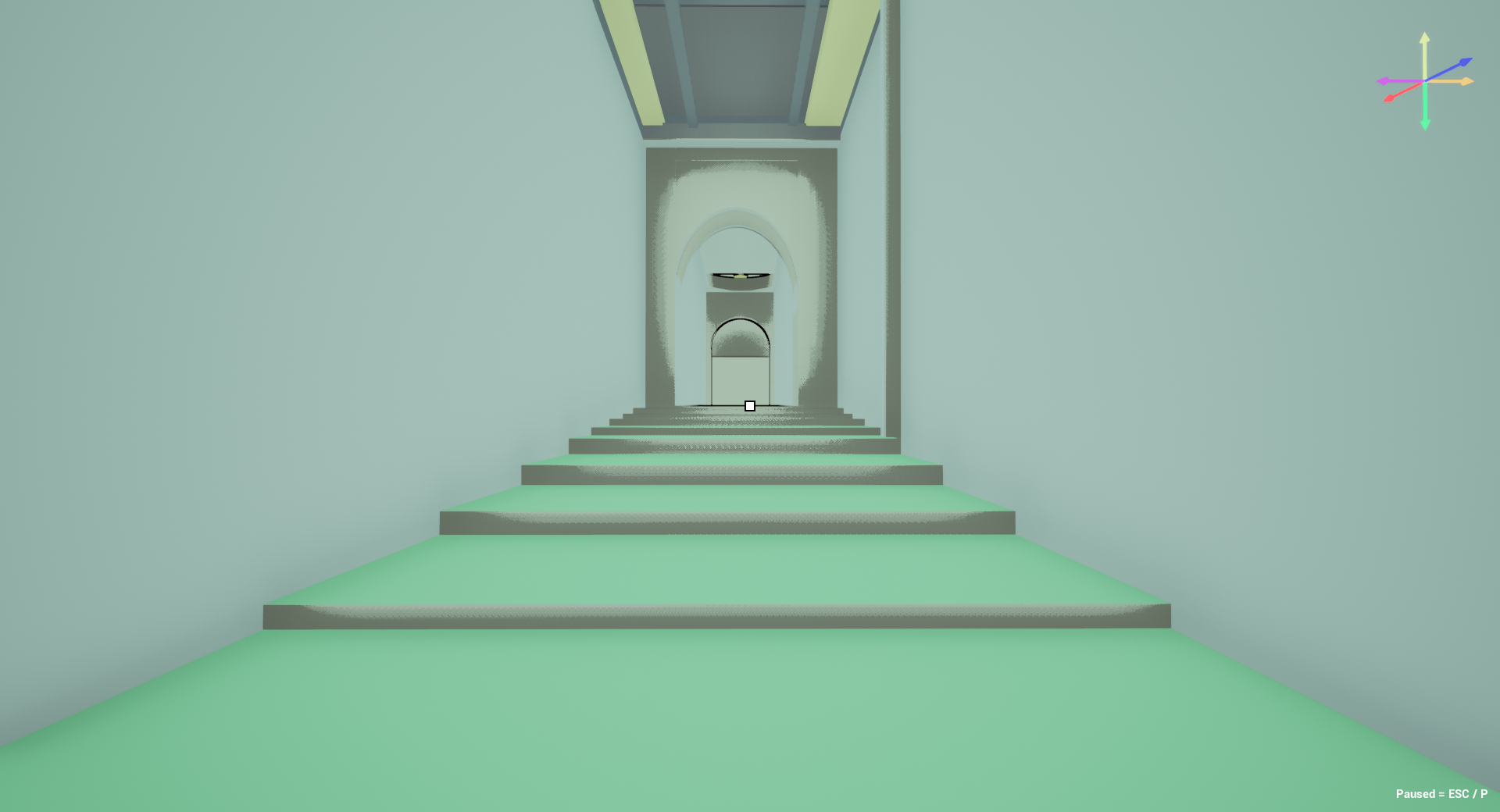Martin Larsson
LEVEL DESIGNER - GAME DESIGNER - TECHNICAL DESIGNER - PROJECT MANAGEMENT - SECURITY CONSULT
Inside cube - Puzzle game
INTRODUCTION
This´s a game that I have created with inspiration from Manifold Garden, Inception, Kirigami, and M.C. Escher, endless stair. The focus was to create a white box experience with blueprints and with level design tools.
The goal was to develop a blueprint-based white box experience.
Level design and scripting are part of the project.
PROJECT DETAILS
Developed in 5 weeks (50%)
Engine: Unreal Engine 4
Level Design
Whiteboxing Tool
Whitebox
First-Person Perspective
Scripting
-
Here can you download a copy
Inside cube - Puzzle game. - 521 MB
Contents
1. PROJECT BREAKDOWN
Game mood:
This is a gravity puzzle game inspired by Manifold Garden, Inception, Kirigami, and M.C. Escher, “endless stair”.
Level structure:
I don't want any no-kill zones or Block Volume on my level, and I don't want any external assets to make the white box process as simple as possible.
As a result, the level is contained within a cube, and all construction materials are based on blueprints.
The level was divided into four acts with a gizmo that make it easily navigate the world.
Summary
You're trapped within a cube, and the only way out is to use an elevator. Use the environment around you to change gravity.
To activate/power up the elevator, you must first complete two puzzle chambers before returning to the generator room and taking the elevator.
Act 1
Start / Tutorial (Blue)
Act 2
Puzzle room 1 (Orange)
Act 3
Puzzle room 2 (Purple)
Act 4
Generator room / Taker the elevator (Green)
LEVEL FLOWCHART
2. MECHANICS / SUMMARY
Gameplay / Core mechanics
Change the Gravity
When you get close enough, you'll see a message indicating which wall you can alter. To alter gravity, use space.
Grab the cube
Each cube has its own gravitational field, which is the same color as the wall. You can grasp it if you go close enough.
Trigger button
Take the cube with the same color as the trigger to open the door and go further.
Extra mechanics
Take a cube through a glass wall.
With this element I have created a smaller labyrinth that lets you drag the box/cube through the puzzle room.
Whiteboxing Tool
A simple blueprint actor with a static mesh inside it with some construction script that controls how the pivot point aligns itself to the manipulation points.
A make is for a quick blocking.
Paus Meny
I wanted the player that playtests the possibility to interact with the build and the ability to quit the game without using Ctrl + alt + del.
The button is:
- Mute/ unmute
- Resume
- Resolution
- Restart/ Quit
3. LEVEL OVERVIEW
The main focus of this level was to frame and guide the player on the right path.
A lot of leading line and landmarks that gives you a sense of orientation within the world"
You have the main room (generator room) if you follow the yellow light, which will lead to two puzzle rooms. When the two lines are green first then you can Escape the building through the elevator.
There's an another approach to working with level design, as I start with the structure I want, e.g. Act 1 through act 4. Then frame the main goal (generator room).
Most of the level design idéa was made in editorn.
Screenshots (in game)
ACT 1 -
ACT 2 -
ACT 3 -
ACT 4 -
4. DESIGN TECHNIQUES
Leading the player
Change color on navigation square (crosshair)
When you're close enough to a wall you get a note. This note let's you know which colour of the wall in your square you can change. In the right corner you have a gizmo to help with the location in the world. You will get an note that you can take a cube or interacted with the buttons.
Leading line
I make line on the wall / floor, to guide the player to the puzzel room and make this change color to green when you have finish the room.
Arrow and changed material
Make Arrows in the world to help the player to which path to take. I made a rotation material as a guide the player through the labyrinth.
I make a cel shade
I make a cel shader for the post-processing just to make more depth and a better understanding of the scene.
Slide right to see the difference
Landmarks
The Tower and pyramids, which can be seen from all the places around the cube, serve as a landmark to help build the player's mental map.
Foreshadowing / soft reveal level
Let the player progressively see more and more of their target, I use this together with foreshadowing to show of the main room (exit room)
Framing the exit
Scripted event
5. SCRIPTING
Here are some of the scripts that I've created or more and less combined together.
Editable blocks
I want to speed up my level blockout so I look around the internet end see if someone has done it before, why reinvent the wheel. So I find James Broderick tool, so had that in mind when I constructive the blueprint.
Blueprint about change the wall color
EventGraph
ReduceColor
ActivateColor
Player
EventGraph
Rotate
6. GAMEPLAY
Here are four videos of gameplay over the 4 acts. You can download a copy if you want to test play. (Go to top page)
Act 1 - 2:02, Tutorial level, Start
Act 3 - 7:51, Puzzle room 2
Act 2 - 7:16, Puzzle room 1
Act 4 - 0:57, The way to the elevator
7. IMPROVEMENTS
I'm working more with how the players speed and movement change and make the wall smoother, give things more love
Work more with the feedback that I get when its what up for play test.
- Frame more focus points. “ Too much information is visible all the time.”
- It feels inconsistent with what you can and cannot stand up for.
- The player's collider feels very wide.Add some narrative element
8. FINAL THOUGHTS
Overall I am satisfied with my effort I am really glad that I make a shell shader that pop the environment, and my planing of it sort of 360° environment.






















